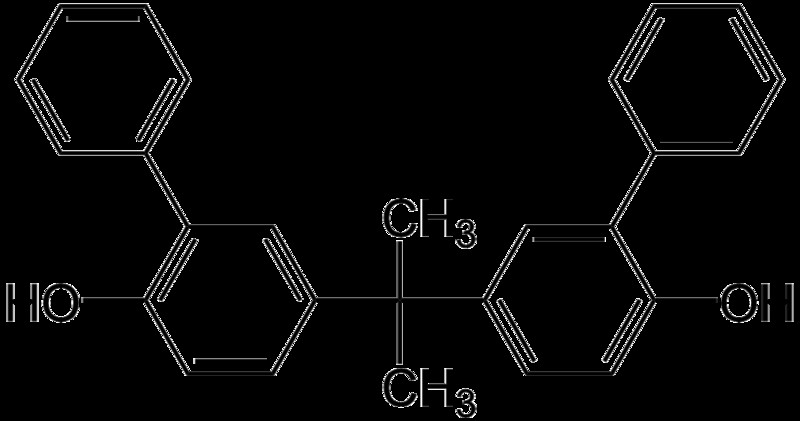Every year, millions of tons of Bisphenol A are produced around the world. Used in the manufacture of many plastics, this compound is considered harmful to health. However, according to a new study, bisphenol A is more present in our bodies than we thought.
Bisphenol A (BPA) is an organic compound that is part of the aromatic family. Mainly used in the manufacture of plastics and other resins , this compound is considered to be an endocrine disruptor. Moreover, present in many food packaging and containers, bisphenol A is said to promote diabetes, cardiovascular diseases, certain cancers (breast, prostate), congenital malformations and infertility.
While BPA is more or less banned in some countries, including France, a study published in The Lancet Diabetes &Endocrinology in December 2019 is anything but reassuring. According to researchers at Washington State University, the average dose of BPA detected by the most reliable screening protocol in humans would be totally false.

The study leaders determined that the average dose of BPA present in humans was 51.99 nanograms (ng) per milliliter (ml) . However, the previous protocol had confirmed the value of 1.2 ng/ml! In other words, the new study estimates that there is 48 times more BPA in organisms than we thought!
The inaccuracy of the previous tests would find its reason in the very nature of the BPA. According to the researchers, the body metabolizes this compound rapidly into chemical by-products (metabolites). However, it is precisely this process that makes it difficult to detect the compound in blood or urine. You should know that if the researchers managed to restore the truth, it is thanks to the development of a process to detect BPA, even in its other chemical forms modified.
The results therefore imply more serious health consequences. Indeed, exposure to BPA is actually much higher! Moreover, this distorts everything, and this even to the measures and actions carried out in particular by governments to fight against the presence of bisphenol A.
Related Articles: